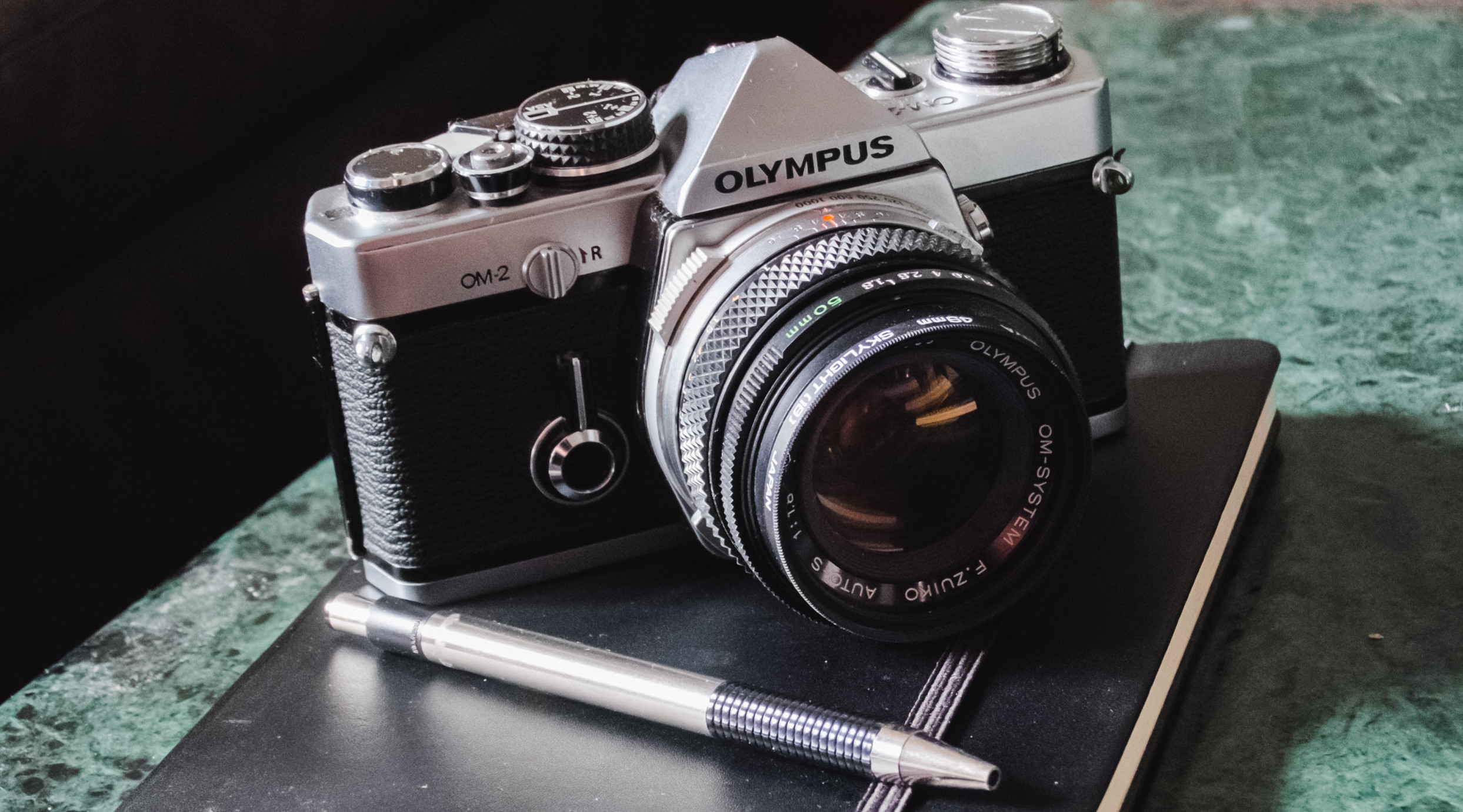A Famous Photojournalist's Gulf War Experience
By on Sep 22 2015

In 1991, Saddam Hussein's forces were retreating from Kuwait during the first Gulf War. As part of a "scorched earth" tactic, Hussein's men set fire to hundreds of oil fields as a way to punish the Kuwaiti people.
Once the war ended, workers were brought in to extinguish the flames and cap the oil wells. Since Hussein's men used large quantities of explosives, the wellheads were badly damaged. Putting out the fires took days on its own, and workers had to light smaller fires to burn oil at a pace such that a lake of oil would not form around them as they try to make repairs.

Documenting this difficult and stressful process was world-renowned photojournalist Sebastião Salgado. He says that putting out the fires wasn't even the most difficult nor dangerous part. Merely by being exposed to the conditions was dangerous on its own. In an article on The Guardian's website, Salgado recounts how he witnessed one man pass out from inhaling too many fumes.
Another serious work hazard was that the oil coming from the wells was light and easily susceptible to igniting. While capping the well, if the workers' metal tools accidentally made contact on another metal surface hard enough to create even the smallest spark, the workers would be engulfed in flames.
"As I was photographing, we did sometimes have a kind of explosion, as gas burst up through the well, but it did not ignite," said Salgado. "The firefighters were making a lot of money, of course, but the work was so tiring and so tough that a few times I saw some of them just sit down and cry."
Salgado also recalled how one of his lenses got warped from the intense heat so we was left with lenses that forced him to get close to the action. "As a result, I was covered in oil, and felt so involved with the danger, the environment, the strange beauty and the hard work that was happening in front of me," he said.
In the words of Salgado himself, here is how he describes the photograph shown above:
"I work on stories rather than individual pictures. But for me, this one picture was special: it's an incredible shot of two guys trying to cap a well. They are completely covered in oil and one of them is standing like a statue that has become black over time. It reminds me of those images you see from the first world war, in the grey light of Verdun.
The moment I took it, I knew it would be good. At the same time, I was very afraid. My mouth was dry. That evening, when I got back to my hotel in Kuwait City, I found my jaw was tense and my gums were in pain from gritting my teeth all day long. But I had to be there to take these pictures. I knew I was witnessing powerful, extraordinary things that would not happen again."






